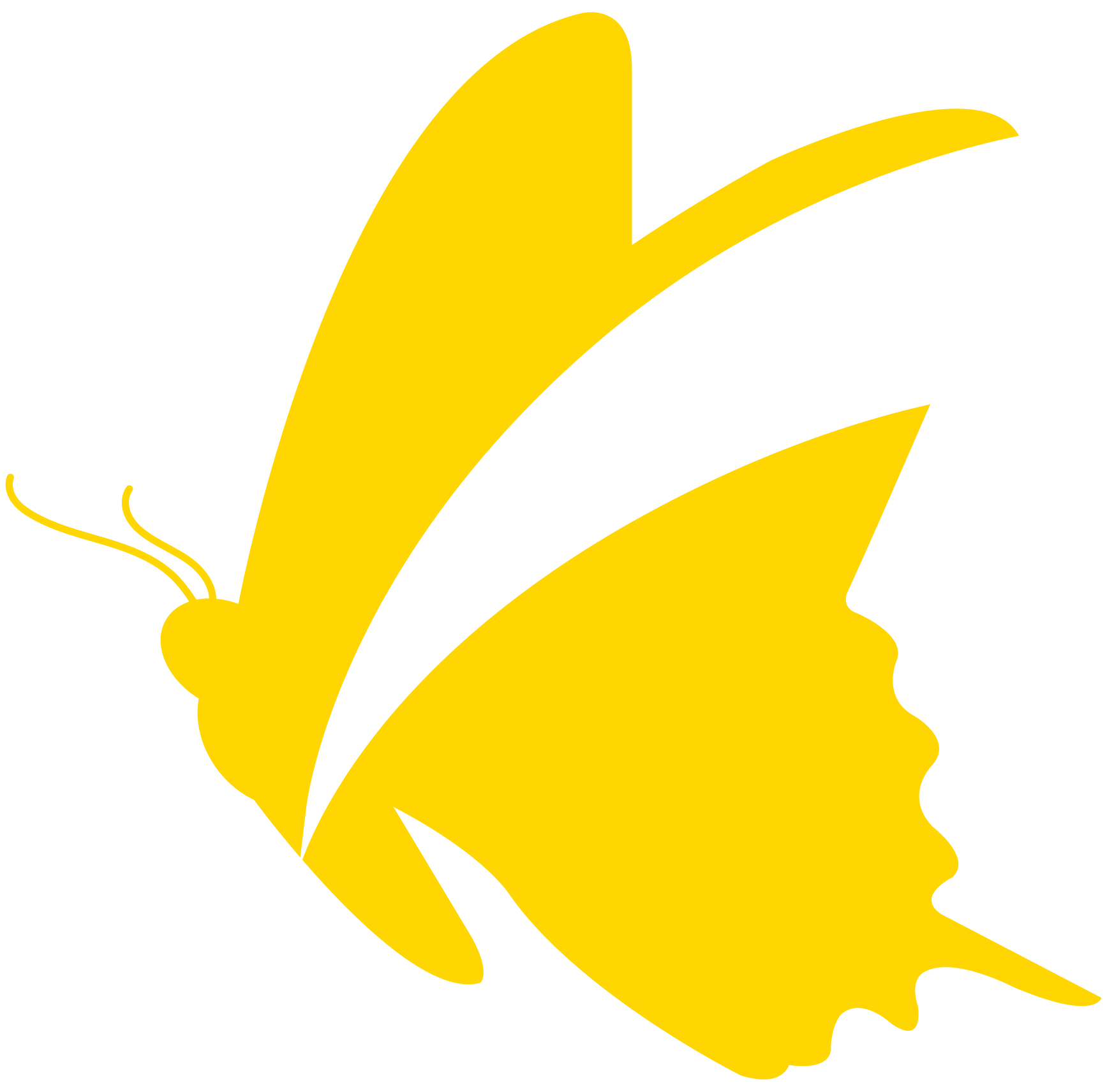Each spring, chapter members work alongside DCR Natural Heritage Stewardship staff to trim back vegetation encroaching on the trail through an area of the preserve that was restored by planting thousands of native shrubs in 2009 and 2010.

This year, on Thursday May 22nd, four DNH staff and seven volunteers were able to ensure safe traverse of the trail and help the native natural community thrive by carefully trimming and chipping branches growing into the trail and removing climbing invasive Japanese honeysuckle (Lonicera japonica). Japanese honeysuckle is widespread, outcompetes native species, and smothers other vegetation, from forbs to trees.
After completion of trail maintenance volunteers had the opportunity to walk a portion of the trail with DNH staff, observing and practicing identification for various species of plant and animal life.
These events instill an increased sense of ownership and responsibility of the preserves, helping volunteers to continue to improve their stewardship skills and share them with others in the community. They also present the preserve as a place that has a significant management presence and is cared for, thus deterring potential inappropriate behavior.
On Saturday June 7th, the DCR DNH Coastal Region Steward/Chapter Advisor Shannon Alexander partnered with the Virginia Eastern Shore Land Trust (VESLT) to host a litter and marine debris removal event along the shoreline of Savage Neck.

This was part of a larger Chesapeake Bay Foundation watershed-wide effort held since 1989, Clean the Bay Day. The cleanup efforts began on a VESLT eased property to the south of Savage Neck Dunes Natural Area Preserve and included the preserve. Shannon welcomed volunteers and talked to them about the Division’s mission and the significance of the shoreline here for the federally listed Northeastern Beach Tiger Beetle (Habroscelimorpha dorsalis dorsalis) and other species that use these coastal natural communities. She also spoke to best practices while removing debris to reduce the risk of negatively impacting the flora and fauna and identified and removed nonnative Hoary Mugwort or Beach Wormwood (Artemisia stelleriana). Chapter members also participated in the cleanup.

This partnership not only cleans up the preserve but allows us to encourage care of our sensitive bay shorelines and its inhabitants to a group of people we may not otherwise reach.

